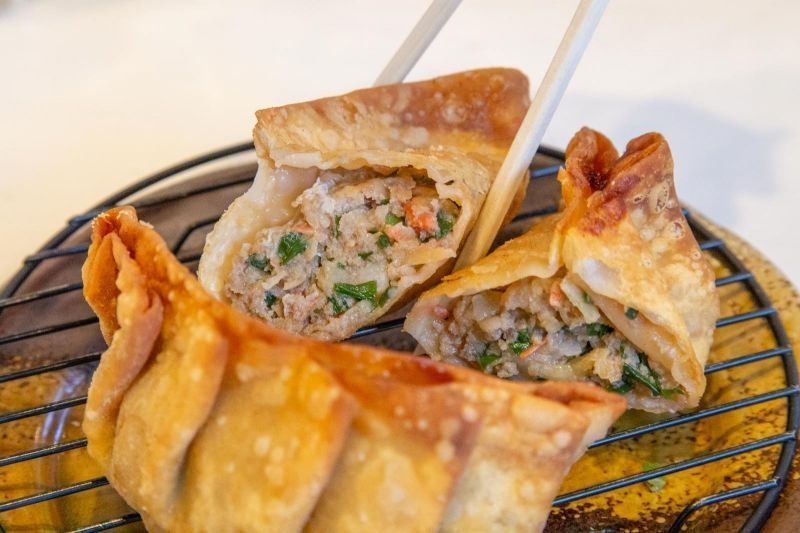Try These Three Unique Sushi Dishes from Mie Prefecture
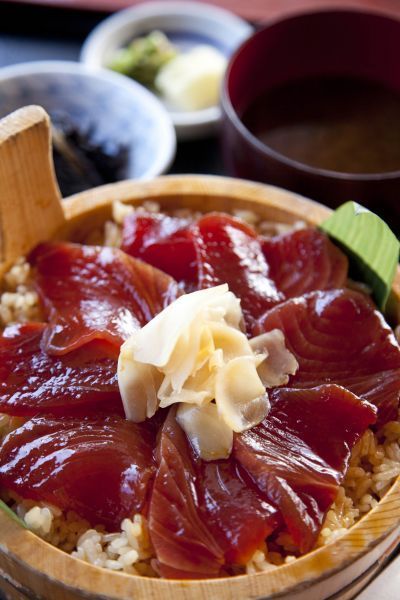
Mie Prefecture boasts some rich fishing grounds in Ise Bay and Kumano Bay. Thanks to this abundance, local people across the prefecture have developed regional sushi types that you’ll be hard-pressed to find anywhere else.
Written by Lisa Wallin
Tekone-zushi: The Fisherman’s Sushi
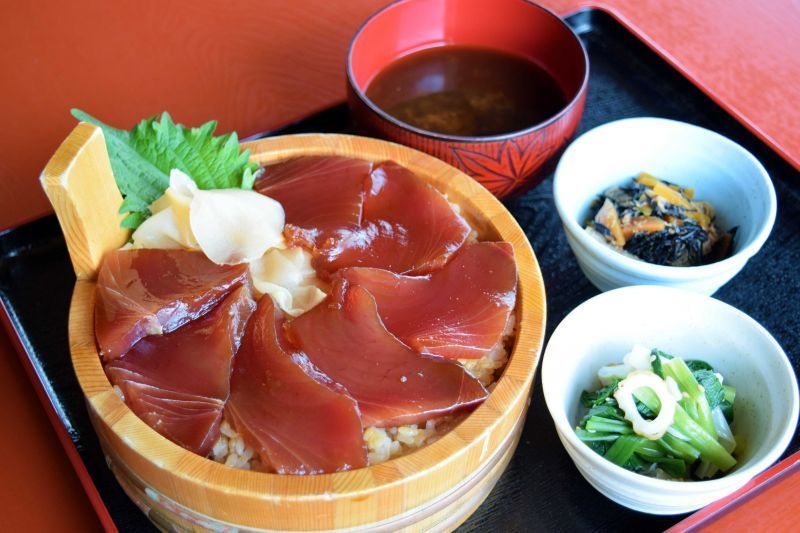
Tekone-zushi is a traditional sushi that usually uses either tuna or bonito marinated in a soy sauce mixture. The name tekone literally translates to “hand” and “knead,” vividly describing the process of the hand mixing process involved. Slices of marinated fish are placed on top of vinegared rice, then sprinkled with chopped perilla leaf and nori seaweed. The result is a sweet and salty dish that is both filling and refreshing.
Tekone-zushi originated on the fishing boats on Mie’s coast, as fishermen would chop up freshly caught fish, then knead it into bowls of rice by hand. It was a quick and easy lunch that gave them an energy boost to get through a day of tough physical work. These days, you can find tekone-zushi at many restaurants, especially in the Ise and Shima areas.
As for why bonito and tuna are used for this sushi type: Mie Prefecture boasts one of the highest catches of bonito and tuna in Japan.
Where to Find Tekone-zushi
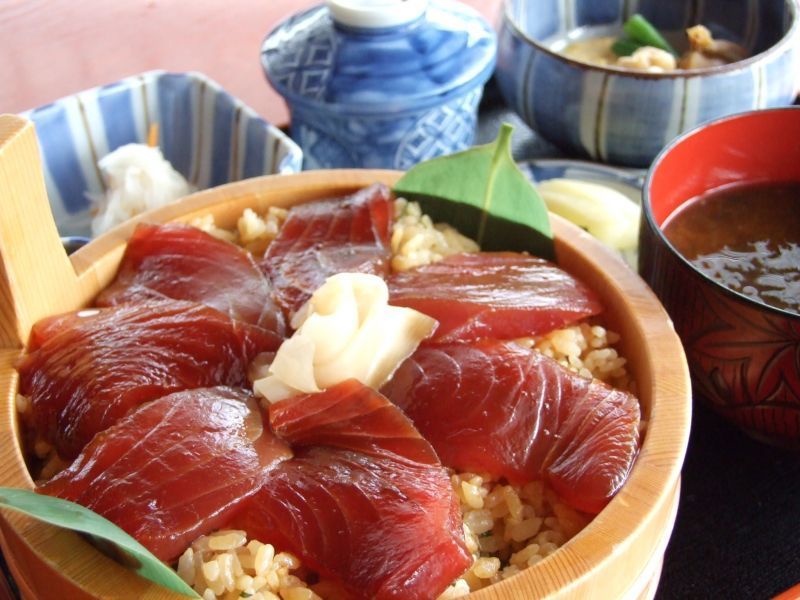
There are several restaurants around the prefecture with superb tekone-zushi, but if you’re heading to Ise Jingu Shrine, then this suggestion below is a great stop-off point along the way.
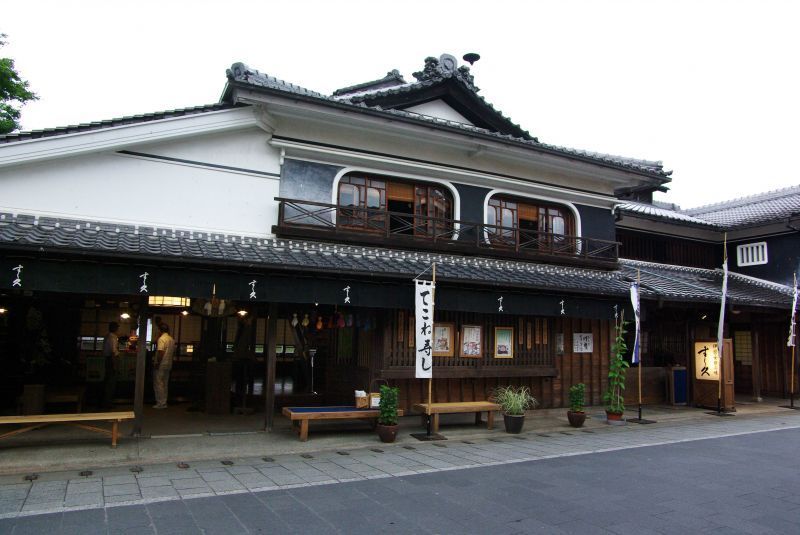
Sushikyu
Located on the famous Okage Yokocho shopping street, Sushikyu is a great place to sample some tekone-zushi between sightseeing spots. The bonito is marinated in the restaurant’s own handmade pickling sauce and delicately placed on top of locally grown sushi rice. Mix it all together, and enjoy!
https://okageyokocho.com/main/tenpo/sushikyu/
Located on the famous Okage Yokocho shopping street, Sushikyu is a great place to sample some tekone-zushi between sightseeing spots. The bonito is marinated in the restaurant’s own handmade pickling sauce and delicately placed on top of locally grown sushi rice. Mix it all together, and enjoy!
https://okageyokocho.com/main/tenpo/sushikyu/
Sanma-zushi: A Celebratory Sushi
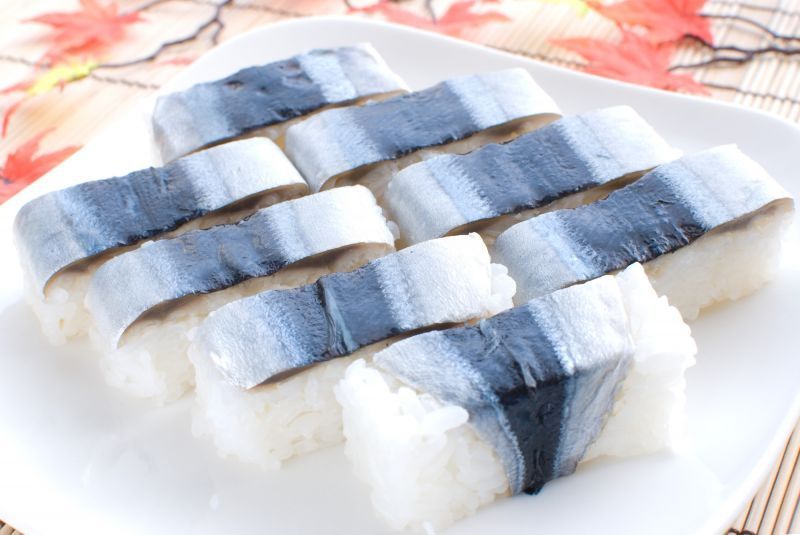
You’ll find sanma-zushi, or Pacific saury sushi, mainly along the coast of the Kumano-nada Sea. Originally, it was a homemade dish, seldom seen in celebratory occasions and festivals. It eventually became more widespread as a company in Owase City saw its potential as a distinctly local, specialty dish.
Generally, sanma-zushi uses Pacific saury, which is opened, soaked in brine to remove the smell, pickled in vinegar, and then placed on a bed of vinegared rice to make pressed sushi. Sometimes citrus fruits such as yuzu are used for the vinegar, which eliminates the smell of the saury and brings out the acidity and flavor. Each family and region may have its own way of preparing it.
Where to Find Sanma-zushi

For a taste of the first commercially available sanma-zushi, head to Sanki Chaya.
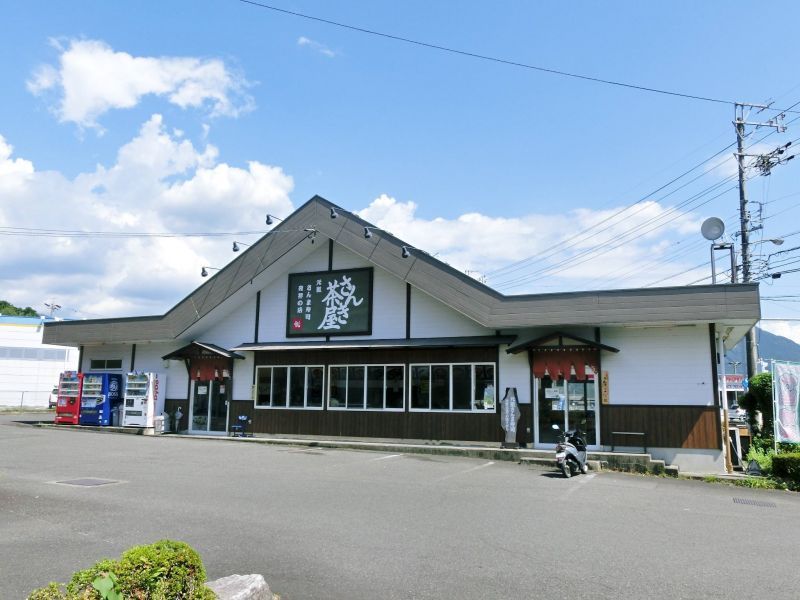
Sanki ChSanki Chaya
Sanki Sangyo — the first company to promote sanma-zushi as a local specialty— runs Sanki Chaya, a small rural eatery where you can try sanma-zushi together with a host of different local dishes. If you’re a little nervous, you can order sanma-zushi by the slice and try it first. We’re positive you’ll love it and ask for more!
http://www.ko-sanki.co.jp/
Sanki Sangyo — the first company to promote sanma-zushi as a local specialty— runs Sanki Chaya, a small rural eatery where you can try sanma-zushi together with a host of different local dishes. If you’re a little nervous, you can order sanma-zushi by the slice and try it first. We’re positive you’ll love it and ask for more!
http://www.ko-sanki.co.jp/
Mehari-zushi: A Sushi for Forest Workers
Like sanma-zushi, mehari-zushi was originally a dish exclusively made at home. This traditional dish is centered around the Kumano region, which straddles Mie and Wakayama prefectures. Unlike the other sushi types introduced, this one doesn’t necessarily contain fish, as it was originally a compact meal for those working deep in the mountains and forests.
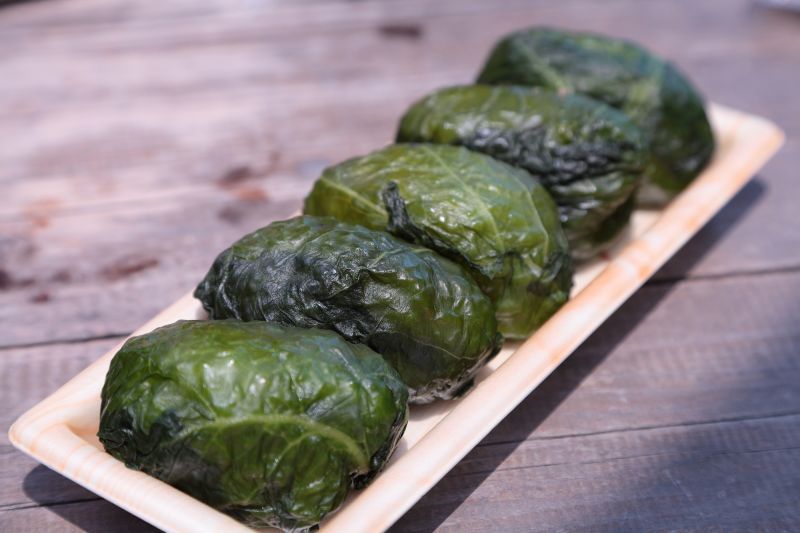
Mehari-zushi consists of a hand-pressed rice ball, neatly wrapped in a lightly pickled takana mustard leaf. The name mehari, which means to “open your eyes wide,” has two possible origins. One theory suggests that because mehari-zushi are so big, they have to be eaten with mouths wide open, which makes people’s eyes widened. The other suggests that mehari-zushi is so good that people can’t help but be amazed and widen their eyes. Whichever you choose to believe, we think your eyes will open wide in amazement when you try it!
Where to Find Mehari-zushi
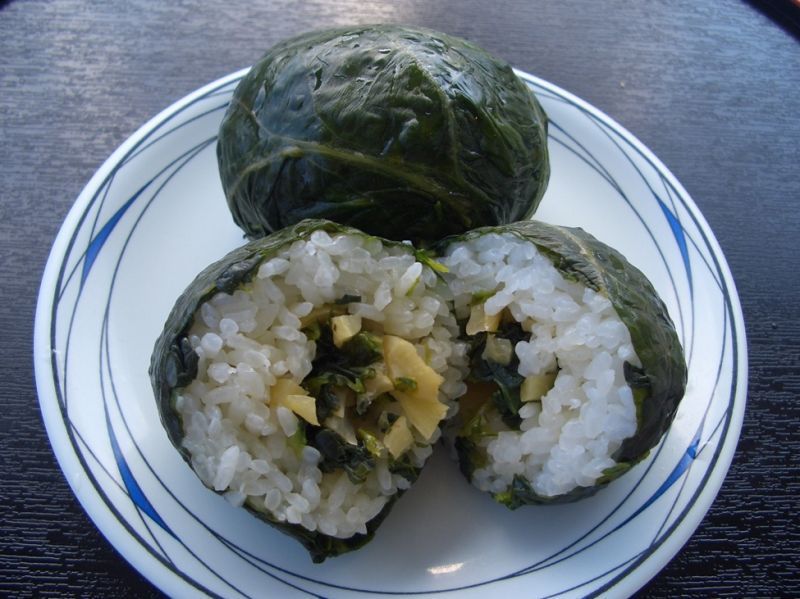
Mehari-zushi used to be exclusively made and served at home, but these days you’ll find it at many restaurants in Mie’s Kumano region. This one below, however, is a one-of-a-kind experience.
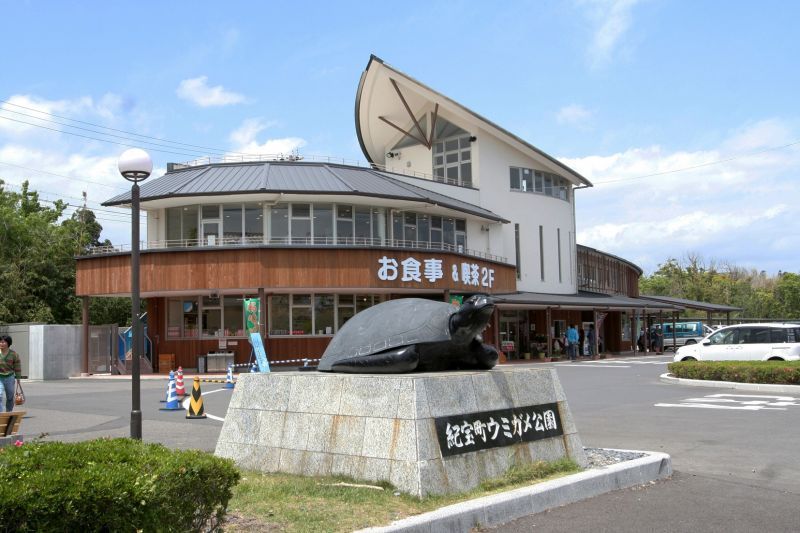
Michi no Eki Kiho-cho Umigame Koen
This unique roadside station serves as both a rest stop, shopping facility, and sea turtle conservation center. Head to the restaurant for “bari bari mehari,” a mehari-zushi dish with a twist. The rice is covered in chopped takuan (pickled daikon radish) and seasoned with a homemade sauce, then wrapped neatly into a parcel with takana mustard leaves. After your meal, wander over to Umigame House (sea turtle house) to learn about local sea turtle breeding and conservation efforts.http://umigamekouen.com
